A Complete Guide to Buying Meat in Italy: How to Make an Informed, Quality Choice
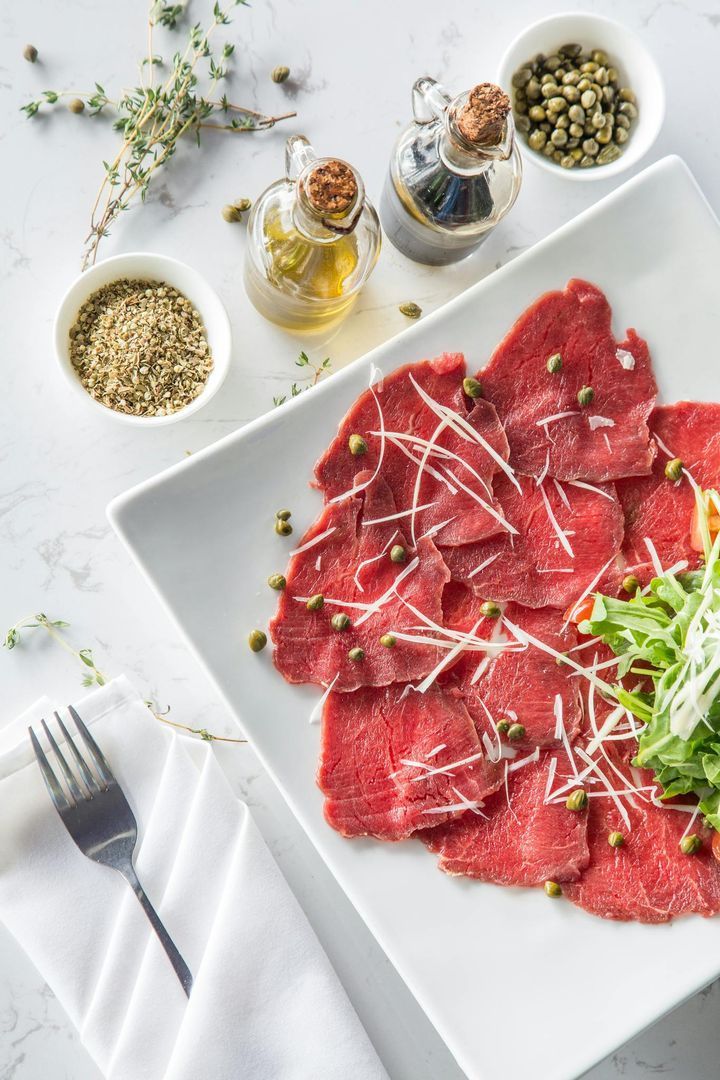
Purchasing quality meat in Italy requires care, knowledge of prices, and awareness of the factors that influence the production chain. In this article, well explore how to navigate the different types of meat—beef, pork, and poultry—by providing information on average prices, certifications to look for, and warning signs to watch for to avoid low-quality purchases.
Red meat, white meat: an important distinction
First, a crucial clarification: pork is considered red meat . People often think of it as white like chicken, but technically, pork is classified as red meat, like beef and lamb, due to its myoglobin content, a protein that gives the muscle a darker color.
Red meats therefore include:
- Beef
- Veal
- Pork (swine)
- Lamb
White meats on the other hand are:
- Chicken
- Turkey
- Rabbit
This distinction is also important for understanding nutritional value and cooking methods.
How to recognize the quality of beef, pork, and chicken
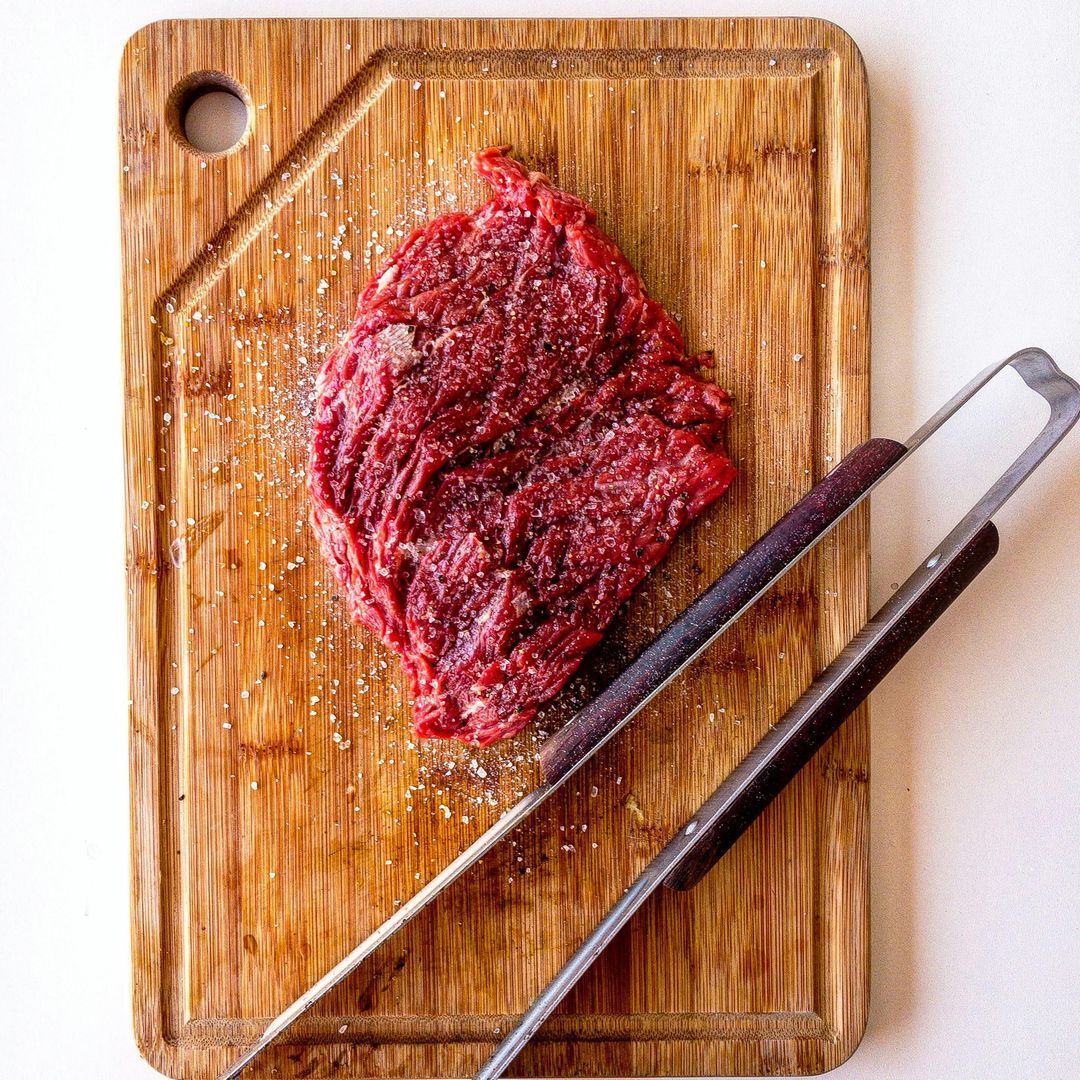
When choosing meat, its important to recognize the best qualities to ensure a tasty, healthy, and safe product. Lets start with beef: certified Italian beef, such as that with the PGI (Protected Geographical Indication) or DOC (Controlled Designation of Origin) designations, is a guarantee of origin and controlled farming methods. Among the most prized cuts are those with good marbling, or veins of fat running through the meat, such as rib-eye steak, T-bone steak, or sirloin. This marbling makes the meat more tender and flavorful. Its even better if the meat comes from pasture-raised or naturally fed animals, as this translates into a more authentic flavor and better nutritional quality.
Conversely, its best to avoid beef thats too dark or too pale in color , or that has green or grayish spots, which indicate poor freshness or shelf life. Excessively lean cuts can also be tough and unpleasant, as can meat from uncertified factory farms.
When it comes to pork, quality meat is primarily recognized by its Italian origin, often protected by DOP or IGP certifications, such as the famous Parma or San Daniele ham, when it comes to cured meats. The best cuts are those that maintain a good balance between lean and fat , such as loin, shoulder, or coppa, because this combination provides tenderness and flavor. Here too, choosing free-range or certified Free-Range or Organic pigs is synonymous with superior quality and respect for animal welfare.
Avoid pork that appears too pale or has stagnant blood, or that has strong or unpleasant odors, which may indicate a spoiled product. Also beware of cheap cuts of meat with unknown provenance: very low prices often hide poor quality.
Finally, the golden rule for chicken is to focus on free-range or organic Italian products , with clear and transparent certifications. The meat should have a uniform color, tending towards light pink, and a firm but not dry texture, especially in parts like the breast and thighs. Its important to avoid chickens that are too pale or gray in color, as these may be a sign of stale or improperly stored meat. An ammonia-like or overly strong odor is a warning sign that shouldnt be ignored. Finally, be wary of overly advantageous offers: too low a price may hide poor quality, and in this case, its better to invest a little more for a safe, high-quality product.
How much should meat cost? When to be suspicious
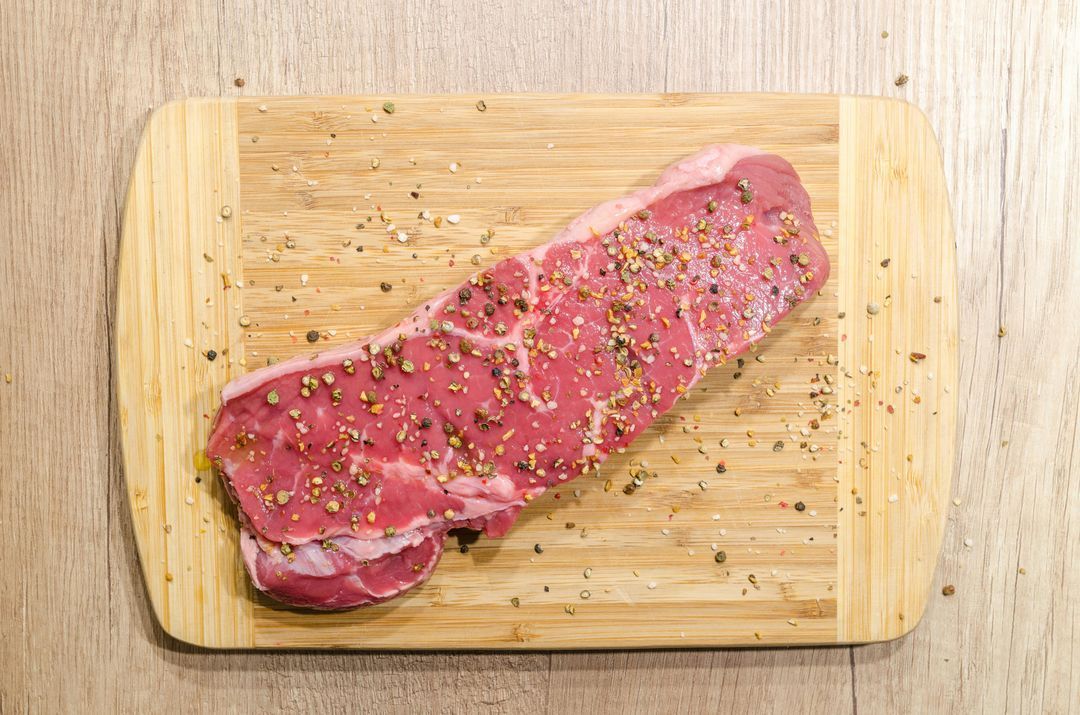
Beef
- A price below €12-13/kg for large cuts such as sirloin or rib eye is a warning sign.
- Quality, certified Italian beef often costs between €15 and €25/kg , depending on the cut.
- Too low prices may indicate lower-quality imported or intensively farmed meat.
Pork meat
- Average prices in Italy for quality pork are around €7-12/kg depending on the cut.
- A price lower than approximately €6/kg may indicate meat from intensive farms or of dubious origin.
Chicken meat
- Free range or organic Italian chicken averages between €5 and €11/kg .
- Prices below €4/kg may indicate poor quality meat or meat raised under poor breeding conditions.
How to recognize quality in 3 simple steps
- Check the label : verify the origin, expiration date, and certifications such as PGI, PDO, Organic, or Free Range. In Italy, these labels are synonymous with quality and traceability.
- Observe the appearance : the meat should be uniform in color, without dark spots or suspicious streaks. Red meat should be bright red, while chicken should be a healthy light pink.
- Smell the meat : a fresh smell is essential, any strong or strange smell is a sign not to be underestimated.
Beware of overly tempting offers
It seems obvious, but its worth remembering: if the price is too low compared to the average, there could be a hidden reason. Low-quality meat, uncertain origin, or even not-so-fresh meat. Its better to spend a few euros more and ensure a safe, quality product.
Extra tips: support the short supply chain and your trusted butcher.
Buying from local producers or trusted butchers not only improves product quality, but also supports the local economy and environmental sustainability. You can often also ask for detailed information about the farming method and freshness.
Why its important to eat good meat and what are the risks of lower-quality meat
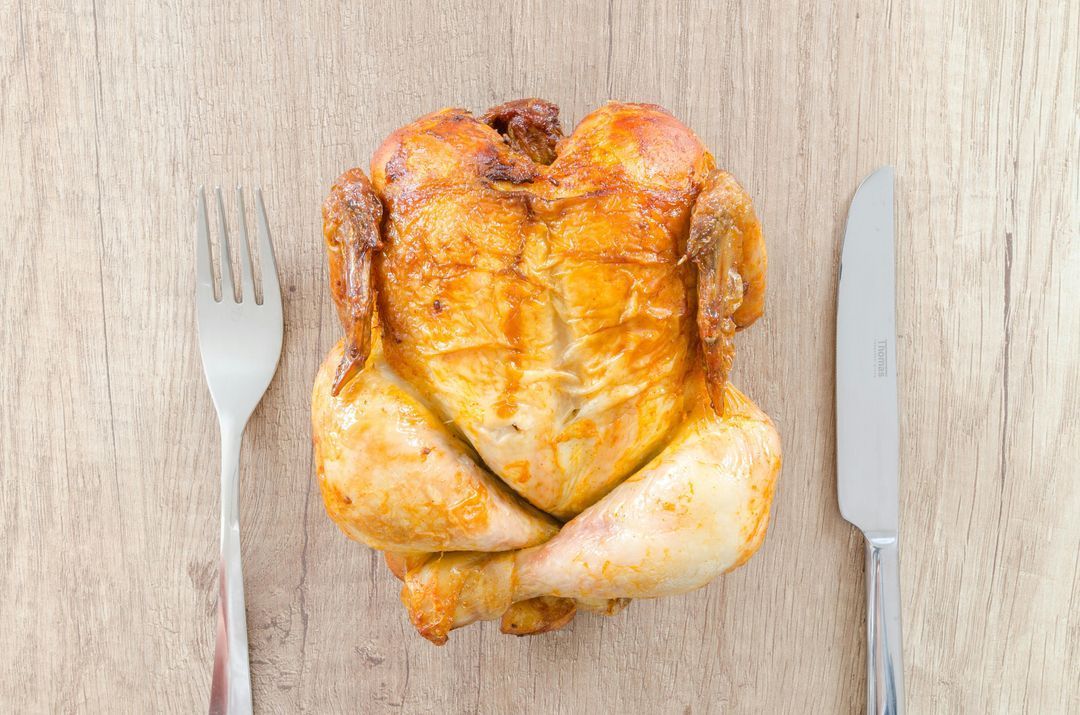
Eating good-quality meat isnt just a matter of taste or tradition, but above all, of health. Meat is an important source of protein, vitamins (such as B12), and essential minerals, such as iron and zinc, which our bodies use to stay strong and active. Choosing quality meat means consuming more bioavailable nutrients and reducing the intake of unwanted residues such as antibiotics, hormones, or chemicals often found in factory farms.
On the contrary, consuming lower quality meat can lead to several risks:
- Presence of chemical residues : Intensive farms often use antibiotics and other drugs that can leave traces in the meat, with potential negative health effects.
- Greater risk of contamination : poorly preserved meat or meat from poorly controlled supply chains can carry dangerous bacteria such as Salmonella or Escherichia coli.
- Lower nutritional value : Poor-quality meat may have less valuable protein and more harmful saturated fats.
- Digestibility issues : Low-quality meats can be more difficult to digest and cause bloating or intestinal discomfort.
For this reason, investing in good, fresh, and carefully selected meat means taking care of your body and your health, living with more energy and well-being.
In summary
Choosing meat is a daily task that requires attention and awareness. By following these tips, you can enjoy tastier, healthier, and more animal-friendly meats. Remember: quality and transparency are not a cost, but an investment in your well-being.
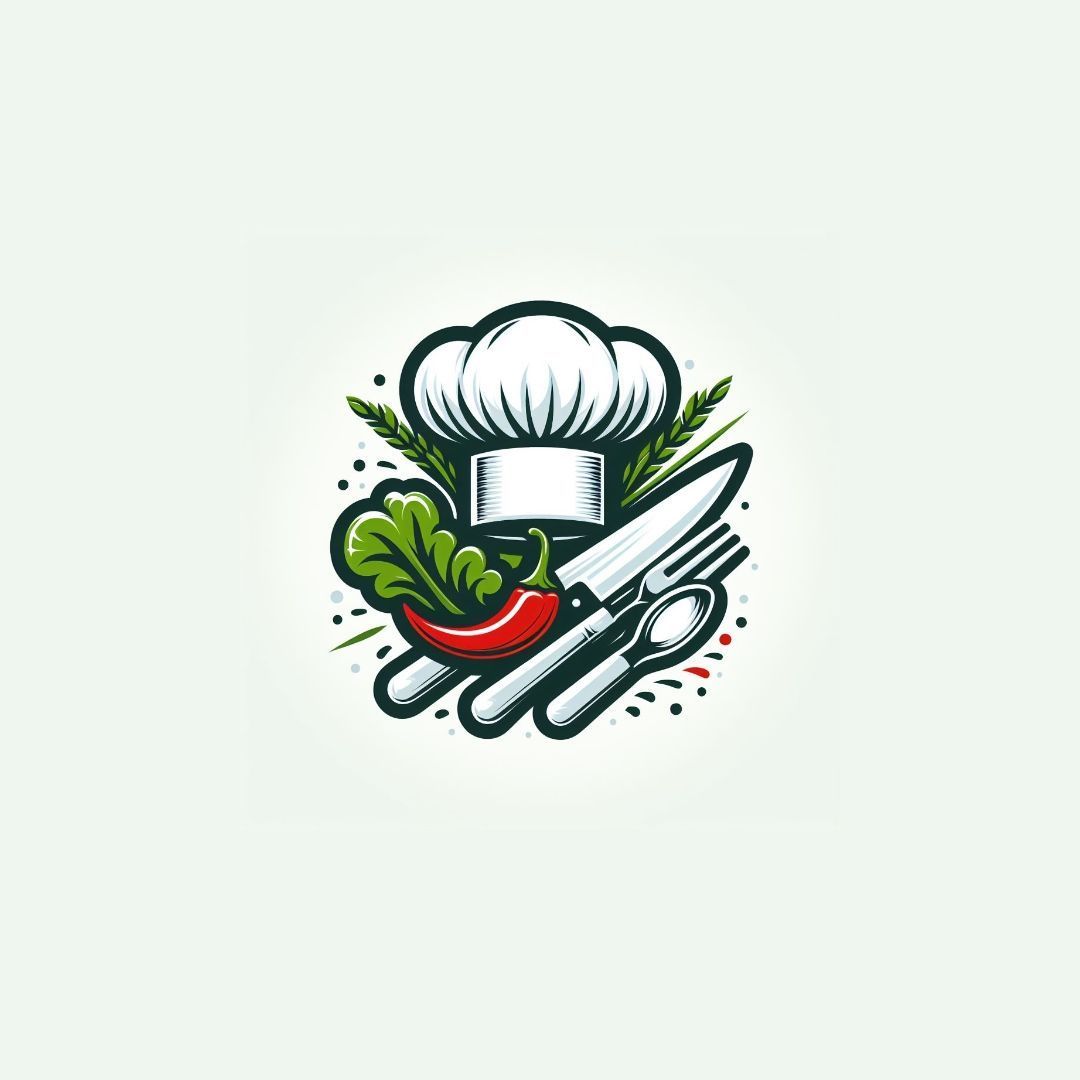
gourmet
Data di inserimento 30 giu 2025
Report article

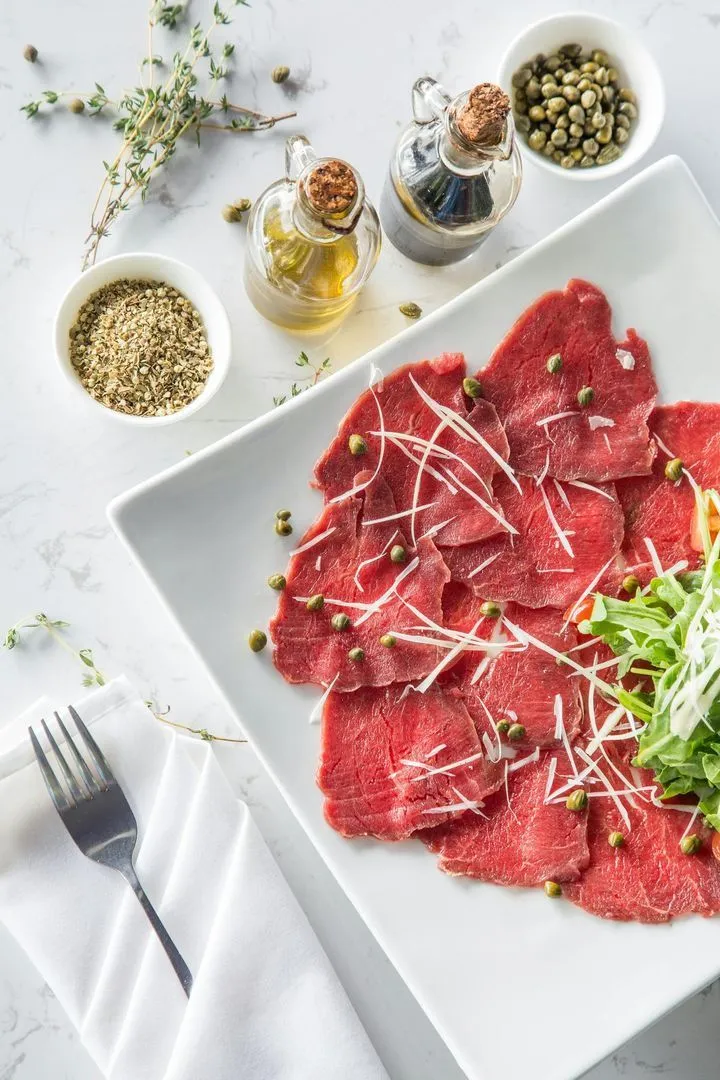
Comments
There are no comments yet.